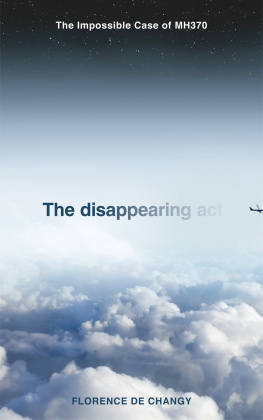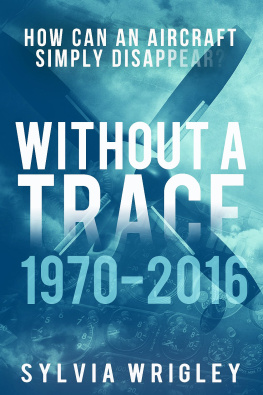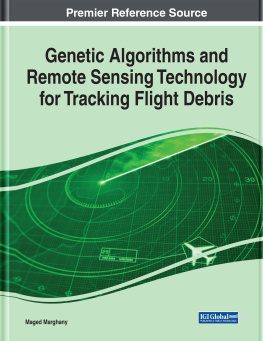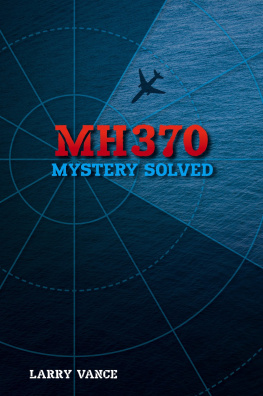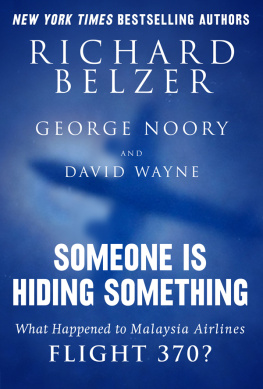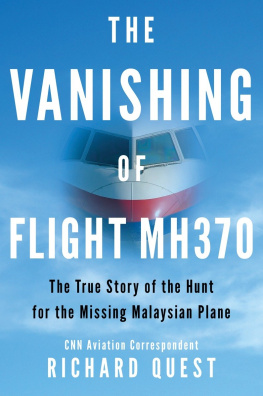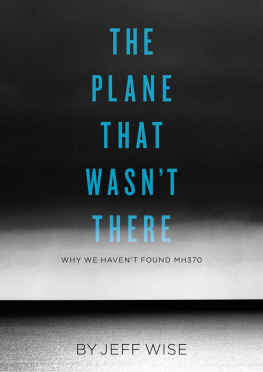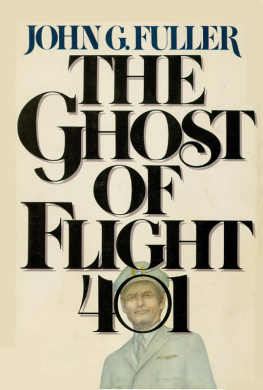Mudlark
An imprint of HarperCollinsPublishers
1 London Bridge Street
London SE1 9GF
www.harpercollins.co.uk
HarperCollinsPublishers
1st Floor, Watermarque Building, Ringsend Road
Dublin 4, Ireland
First published by Mudlark 2021
FIRST EDITION
Florence de Changy 2021
Cover layout design by Sim Greenaway HarperCollinsPublishers 2021
Cover photograph Shutterstock.com
A catalogue record of this book is available from the British Library
Florence de Changy asserts the moral right to be identified as the author of this work
All rights reserved under International and Pan-American Copyright Conventions. By payment of the required fees, you have been granted the nonexclusive, non-transferable right to access and read the text of this e-book on screen. No part of this text may be reproduced, transmitted, downloaded, decompiled, reverse engineered, or stored in or introduced into any information storage retrieval system, in any form or by any means, whether electronic or mechanical, now known or hereinafter invented, without the express written permission of HarperCollins e-books.
Find out about HarperCollins and the environment at
www.harpercollins.co.uk/green
Source ISBN: 9780008381530
Ebook Edition: February 2021 ISBN: 9780008381561
Version: 2021-02-03
This ebook contains the following accessibility features which, if supported by your device, can be accessed via your ereader/accessibility settings:
- Change of font size and line height
- Change of background and font colours
- Change of font
- Change justification
- Text to speech
- Page numbers taken from the following print edition: ISBN 9780008381530
To the families and friends of the 239 people on board Flight MH370 on 8 March 2014.
To all those, on whichever continent they live, who have helped me in my investigation with their testimony and explanations.
To all those who are persevering in good faith with their research, so that one day we will know the full story of what really happened to Flight MH370.
To all those who know something more, and who are duty-bound to reveal their share of the truth and end the terrible distress of the victims loved ones.
To my family and friends, whose support and patience have been essential to my work.
It is a riddle, wrapped in a mystery, inside an enigma; but perhaps there is a key.
Winston Churchill, 1939
We live in a world where the powerful deceive us. We know they lie, they know we know they lie, they dont care. We say we care, but we do nothing.
Adam Curtis, HyperNormalisation, BBC Documentary, 2016
International affairs are very much run like the mafia.
Noam Chomsky, 2020
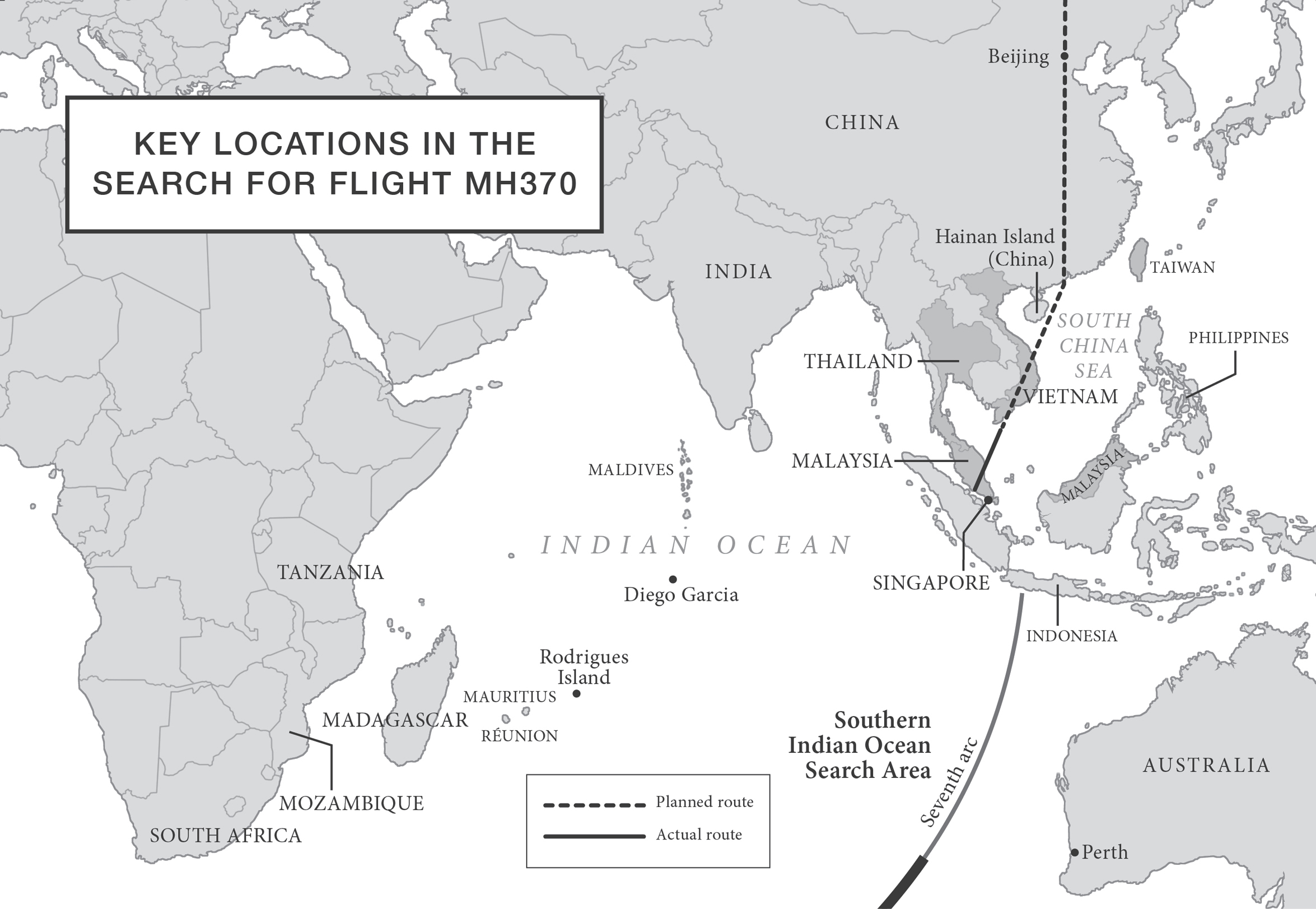
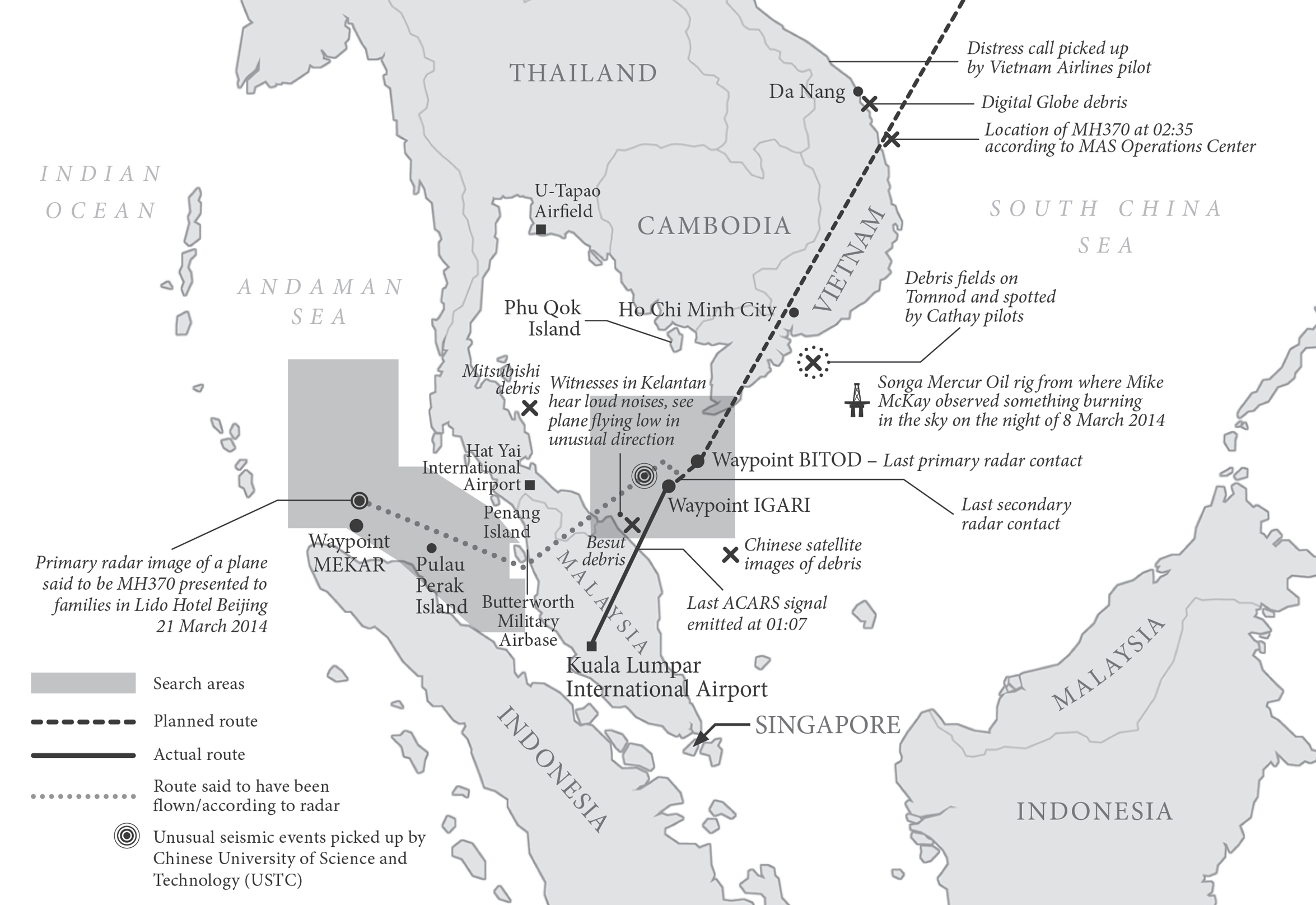
I first heard about the disappearance of a Malaysia Airlines jetliner as I was listening to the RAI news in the Fiat I had rented at Verona Airport. I was on a short visit to my childhood home. It was the morning of Saturday, 8 March 2014, and I pulled over so I could hear the details more closely.
As the days went by, RAI news kept talking about Malaysia Airlines and its wide-body jetliner, which had still not been located despite a massive search operation involving ships and aircraft. Seen from afar, the whole affair seemed decidedly weird. I really wanted to be on the spot. After several years in Kuala Lumpur a decade earlier, I still had a soft spot for Malaysia, a little-known country that, until recently, rarely rated a mention in the Western media.
When a week later Malaysian Prime Minister Najib Razak referred to a deliberate act, the affair assumed an even stranger dimension. Now we were no longer talking about a simple plane crash. So what were we talking about?
Just after I returned to Hong Kong, my home base for the previous seven years, French daily Le Monde, the newspaper I have been working for since the mid-nineties, asked me to go to Kuala Lumpur, where the disappearance had already become the greatest mystery in the history of aviation.
While the whole affair was strange when seen from afar, seen close-up it was positively Kafkaesque. It was not possible in 2014 for a Boeing 777 carrying 239 people to have simply disappeared. Nothing mysterious happened that night. The loss of the jetliner must have a cause, whether it was human, technical or political. What had really happened was simply not yet known to the general public, I told myself.
To me, claiming that Flight MH370 could have disappeared sounded like an insult to human intelligence. People and computers must necessarily know something; radar systems and satellites saw what happened. Whatever the nature of the event, traces must have been left behind, even if they were only slight. It seemed to me that it was my professional duty to find these traces, analyse the context, note down the inconsistencies, identify the red herrings and get any witnesses to say what they knew. Above all, to refuse to let the concept of mystery be associated with the case.
Friday, 7 March 2014. It is almost midnight. Kuala Lumpur International Airport (KLIA) is in night-time mode. Almost all the stores and cafs, including the shop that sells Malaysian pewter souvenirs, have pulled out their accordion shutters and switched off their window lights. The days last passengers are left with just a few steel benches in large, empty corridors leading to the departure gate lounges.
In front of gates C1C3, some 30 passengers for Flight MH370 to Beijing are waiting, standing in front of the information screen, at which they look up from time to time. At KLIA, passenger and hand-luggage security controls are carried out just before boarding. Seasoned air travellers are familiar with the procedure. Put your belongings on the scanner conveyor, take your computer out of its case, remove your belt and empty the contents of your pockets coins, keys, glasses and mobile phone into a plastic tray. Sometimes you even have to take off your shoes and socks. But security controls at KLIA are anything but zealous, and a certain slackness is visible in the security video of passengers filmed before they board Flight MH370.
As the passengers gather on the far side of the three electronic security archways, the security staff half a dozen men and women in black-and-white uniforms are talking to each other. Calm and relaxed, they await the instruction to start the control. The aircrew, meanwhile, have already gone through and are now on board, getting the aircraft ready. First through were six air hostesses and flight attendants, and then 10 minutes later the captain and his co-pilot. The two men put their peaked caps and luggage on the scanner. Neither takes anything out of his bag, not even his flight iPad. Nor do they take off their jackets. Both are given a quick body search. They do not speak to each other. The last time Captain Zaharie Ahmad Shah flew MH370 and its return Flight MH371 was on 22 February, just two weeks earlier. Other air hostesses arrive later. One at 23:33, and two more at 23:38. Passenger boarding begins at 23:46, just under one hour before take-off.

